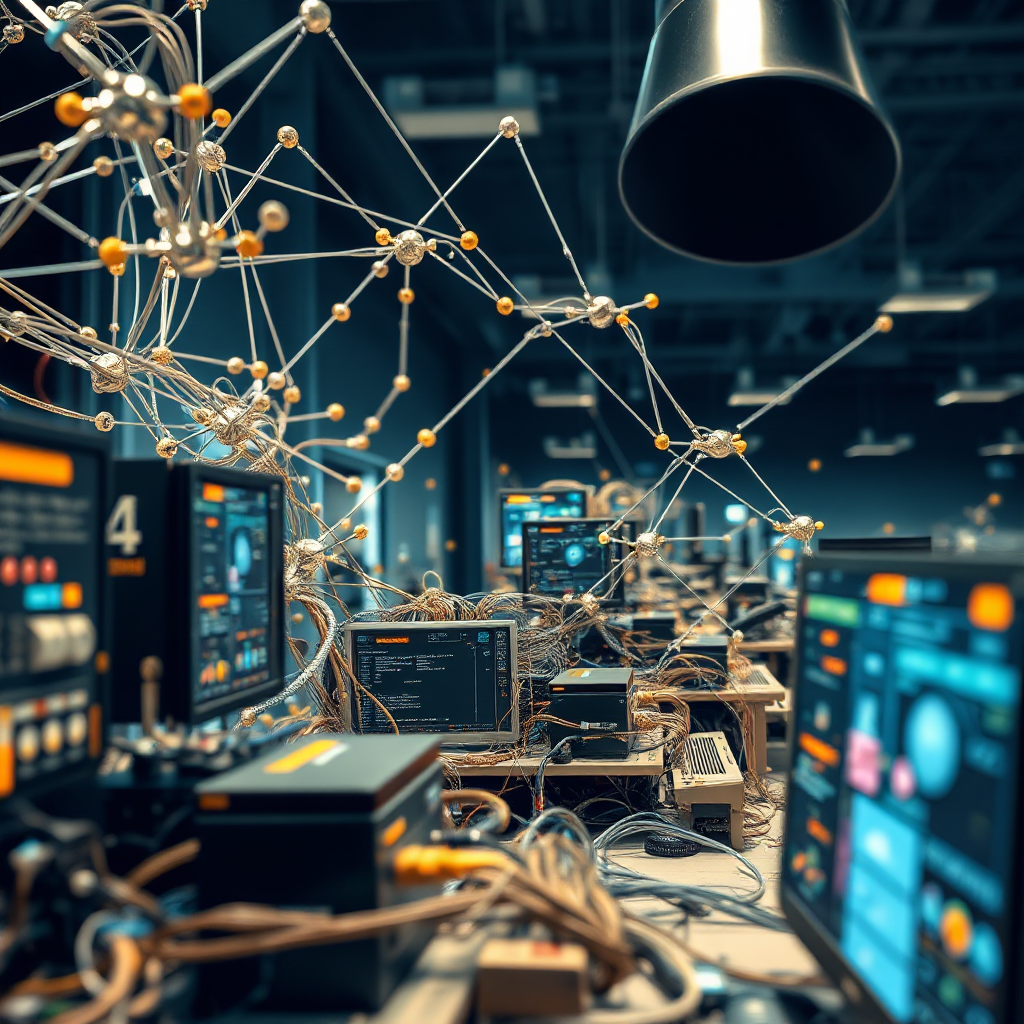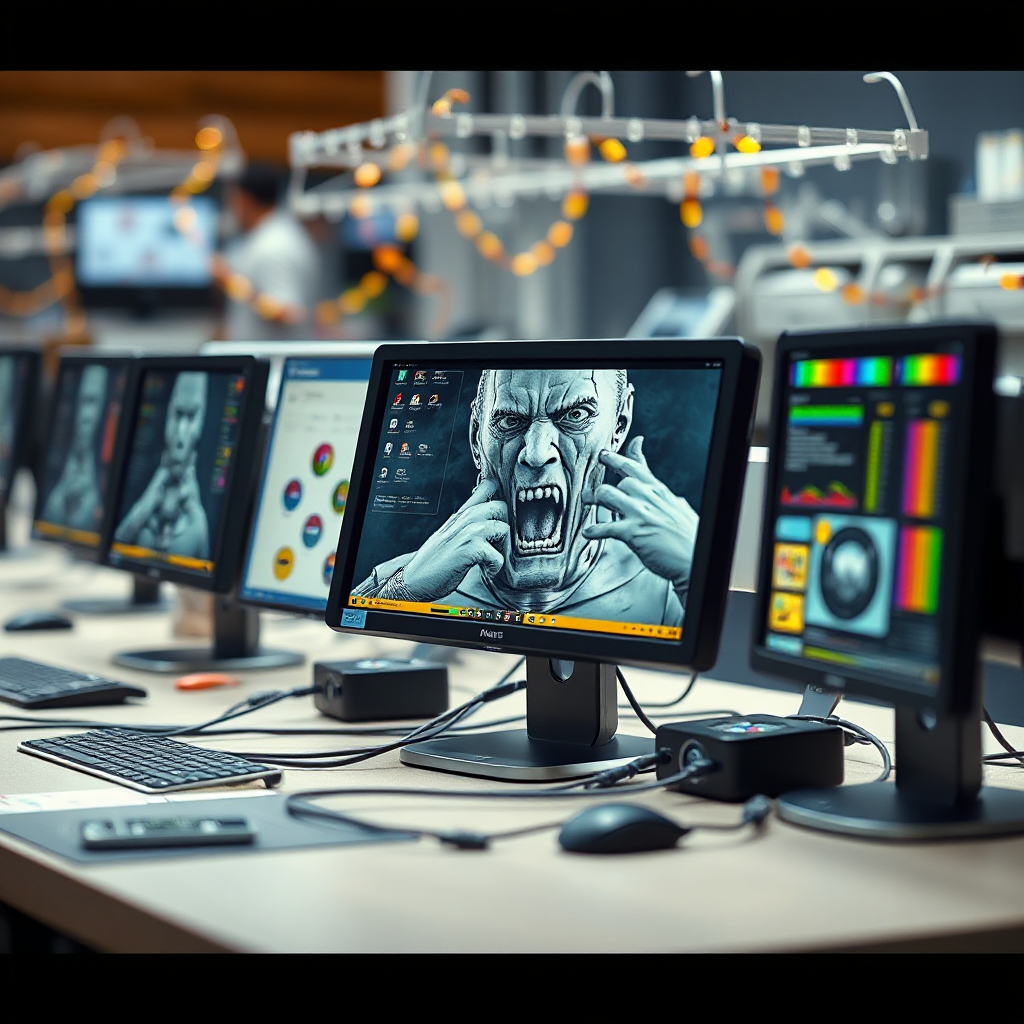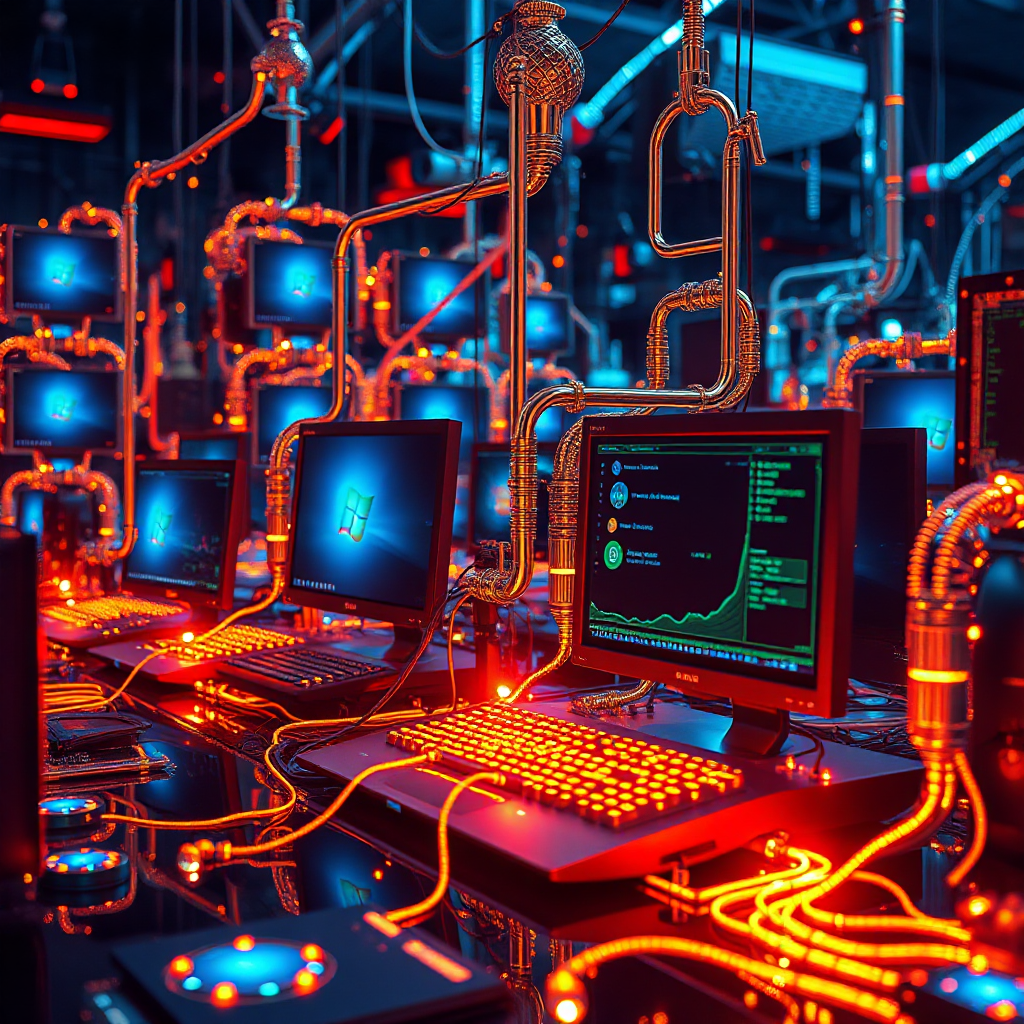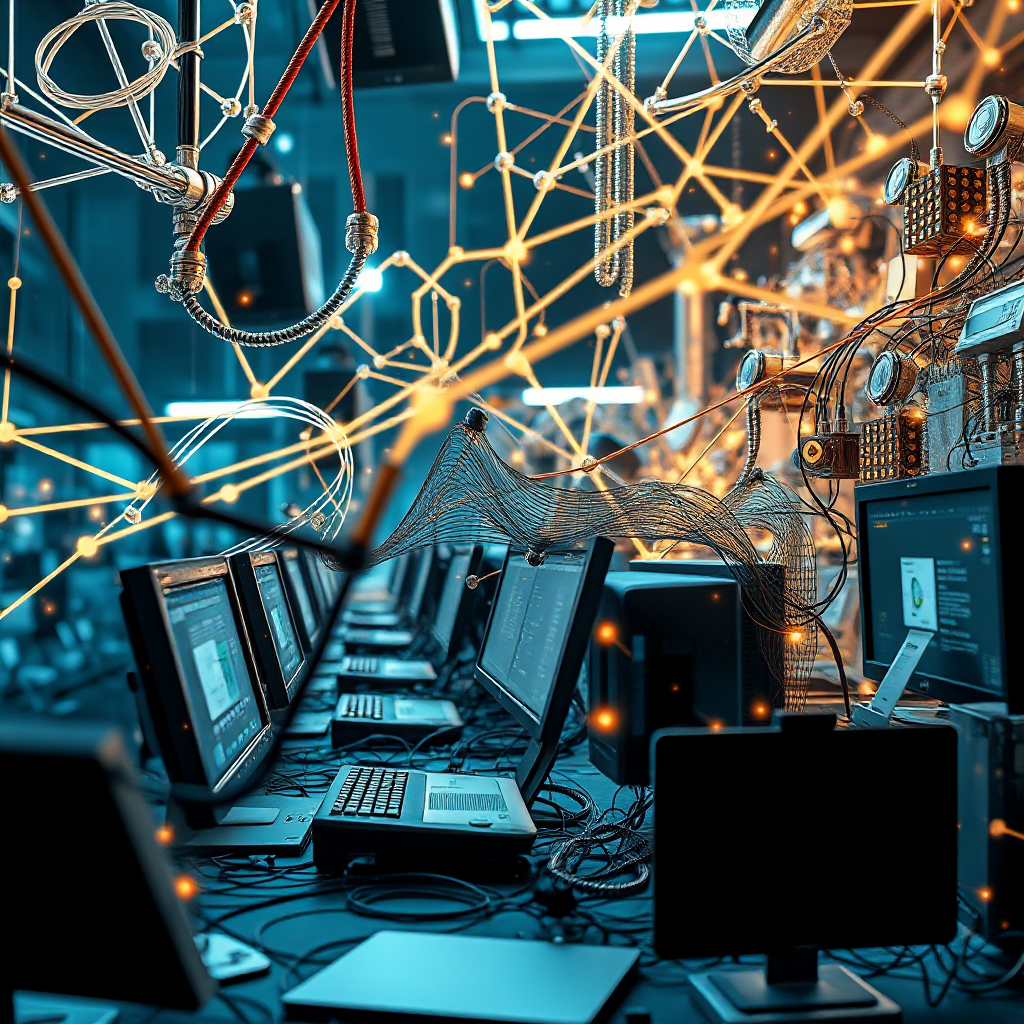
AI is revolutionizing cybersecurity in 2025 by enabling organizations to detect and stop cyber threats faster than ever before. Advanced machine learning algorithms now power security systems that can analyze vast amounts of data in real time, identifying suspicious patterns and vulnerabilities before hackers have a chance to exploit them. This shift from reactive to proactive defense is significantly reducing the window of vulnerability, helping businesses avoid costly breaches and downtime.
One of the most exciting innovations is the rise of self-healing cybersecurity systems. These AI-driven solutions can automatically detect vulnerabilities and apply patches without human intervention, adapting to new threats as they emerge. By minimizing downtime and proactively fixing issues, self-healing systems are transforming how organizations maintain their defenses. Automated incident response is also becoming standard, with AI-powered Security Operations Centers (SOCs) able to isolate compromised systems and neutralize threats in seconds.
Predictive threat intelligence is another game-changer. Instead of waiting for attacks to occur, AI models now analyze historical and real-time data to forecast where and how future attacks might happen. This allows security teams to strengthen defenses in advance, making it much harder for cybercriminals to succeed. AI also enhances anomaly detection by continuously monitoring network activity and user behavior, flagging deviations that could indicate unauthorized access or malware infiltration.
However, as defenders adopt AI, so do attackers. Cybercriminals are leveraging AI to create more sophisticated attacks, such as AI-generated phishing emails and deepfake scams that are nearly impossible for humans to distinguish from legitimate communications. AI-driven malware can autonomously adapt its code to evade detection, making traditional security tools less effective. This arms race between ethical AI and adversarial AI is pushing the cybersecurity field into uncharted territory.
The adoption of AI in zero-trust security models is also accelerating. AI continuously assesses user and device behavior, granting or restricting access dynamically based on real-time risk assessments. This approach reduces the risk of insider threats and lateral movement by attackers within a network. In addition, AI is playing a critical role in securing the Internet of Things (IoT) and cloud platforms, detecting anomalies in connected devices and preventing data breaches through advanced encryption and monitoring.
Despite these advancements, challenges remain. AI-powered security systems require large volumes of high-quality data to function effectively, and there is always the risk of false positives or missed threats. Regulatory frameworks and industry standards, such as NIST’s AI Risk Management Framework, are evolving to address the ethical use of AI in cybersecurity and to mitigate new risks introduced by these technologies. Organizations must also invest in upskilling their security teams to work alongside AI-driven tools and stay ahead of emerging threats.
Looking ahead, AI-driven cybersecurity will continue to evolve rapidly. We can expect more widespread adoption of predictive analytics, self-healing systems, and AI-powered SOCs. At the same time, the battle between defenders and attackers will intensify, making it crucial for organizations to remain vigilant and invest in cutting-edge security solutions. The future of cybersecurity is AI-powered, and those who embrace these innovations will be best positioned to protect their data and operations in an increasingly digital world






